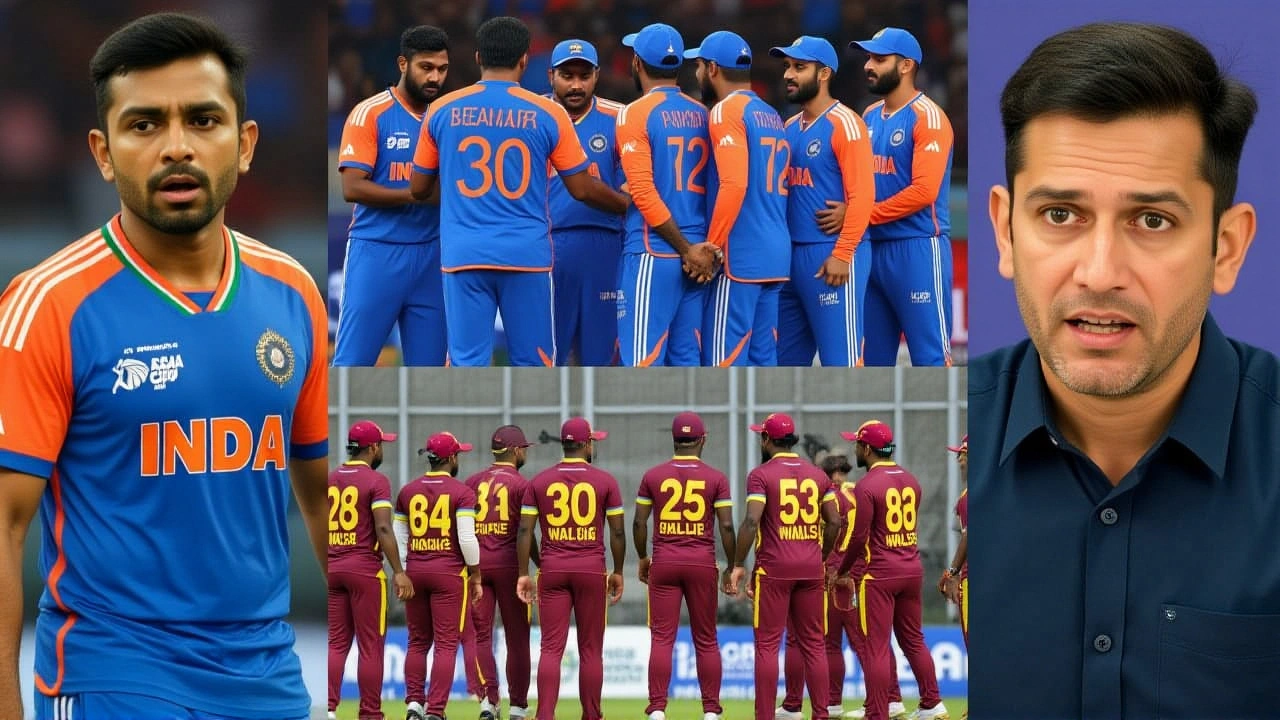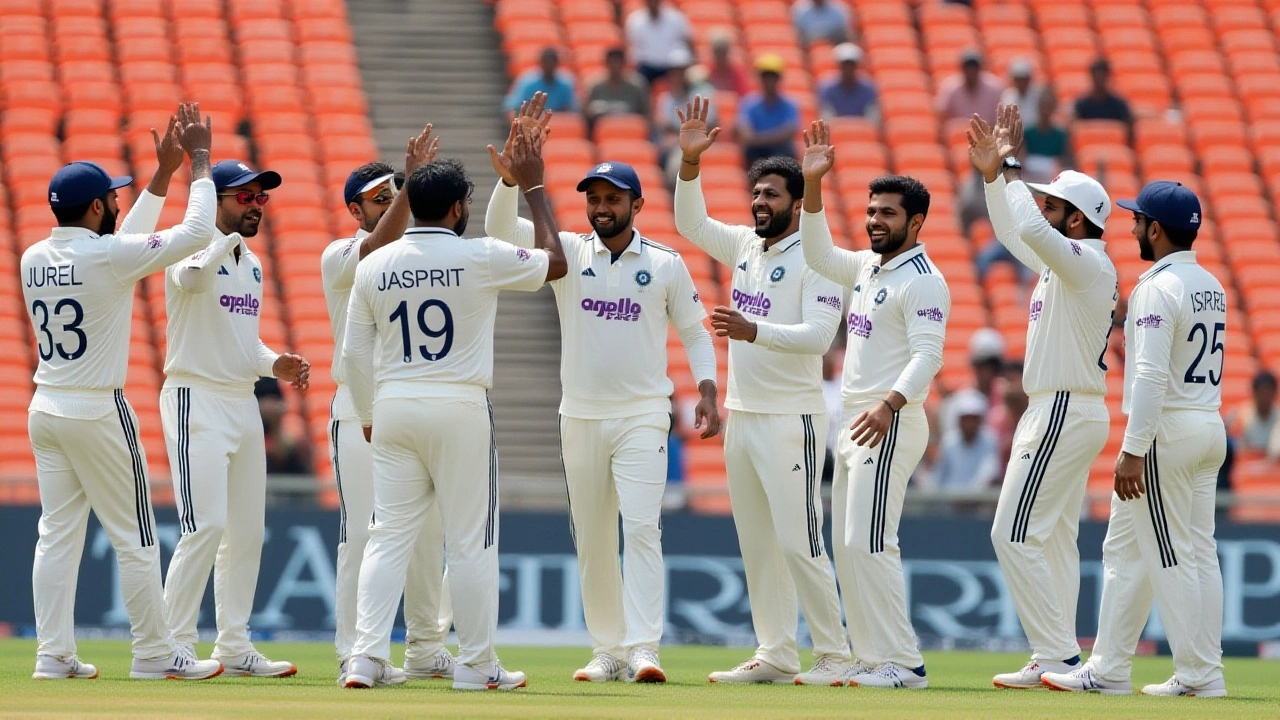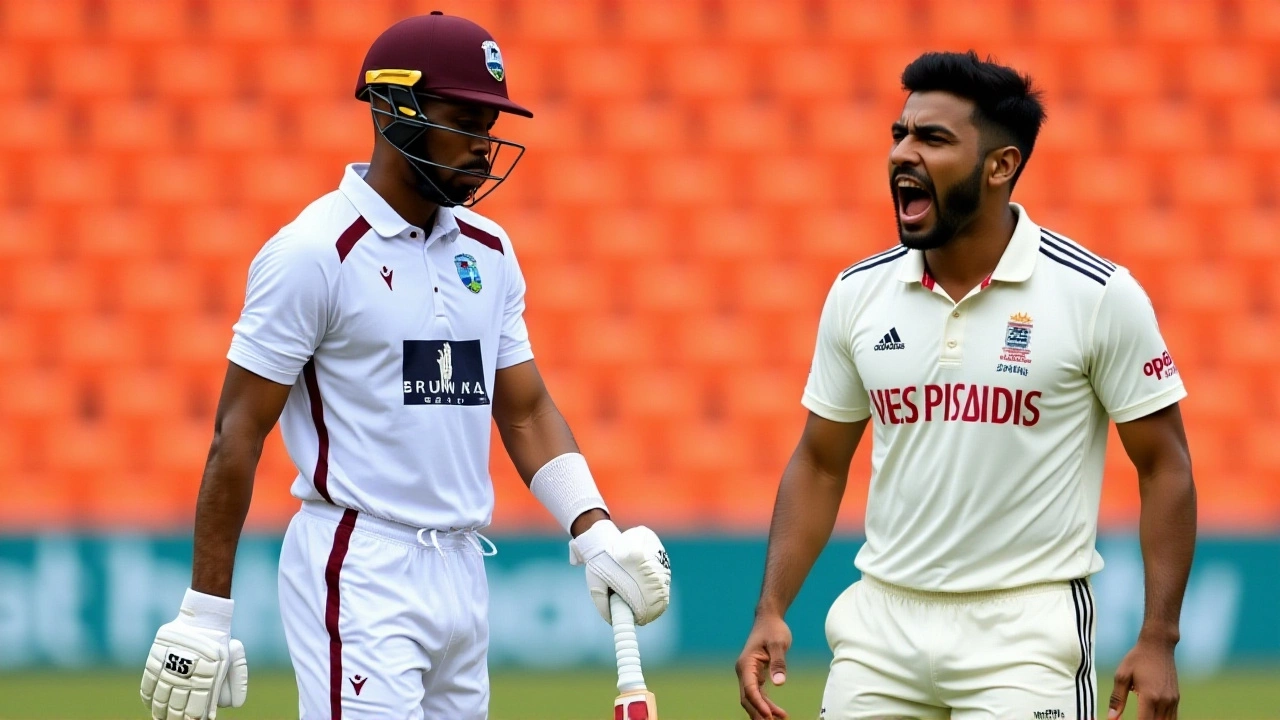When Roston Chase, West Indies captain and member of the Cricket West Indies strategy committee walked off the field in Ahmedabad on October 4, 2025, the disappointment was palpable – a crushing 140‑run innings defeat to India that laid bare deeper problems than just a bad day at the crease.
India declared their first‑innings total at 448/5 on Day 1, while the visitors piled up merely 162 and 146 in their two innings, exhausting just 89.2 overs. The match wrapped up early on Day 3 with a simple catch by Kuldeep Yadav off Jayden Seales, handing Shubman Gill his maiden home Test win as captain.
Historical Context: West Indies’ Recent Woes
The setback in Ahmedabad is the latest chapter in a string of poor results for the Caribbean side. Earlier in July 2025, they suffered a 3‑0 whitewash on home soil against Australia, including a jaw‑dropping 27‑run innings that ranked as the second‑lowest total in Test history. That humiliation sparked an emergency meeting of Cricket West Indies, where legends Clive Lloyd and Brian Lara were summoned to discuss a rescue plan.
Statistically, the West Indies have now lost four of their last five Tests in India, a trend that reflects broader structural issues rather than isolated on‑field failures.
Match Details: What Went Wrong?
India’s bowlers ran circles around the Caribbean batsmen. Seven wickets fell to the seam attack on Day 1, and a second‑innings barrage from spinners—led by Ravindra Jadeja—took another seven wickets. Jadeja’s orthodox left‑arm spin proved more lethal than the chinaman wizardry of Kuldeep Yadav, exposing a glaring weakness against quality spin.
In the West Indies’ batting line‑up, only Justin Greaves (32) and Alick Athanaze (38) offered brief resistance. Neither could convert their starts into meaningful partnerships, and the team never threatened India’s mammoth total.
Reactions: Chase’s Candid Assessment
Post‑match, Chase was upfront about the systemic problems that undermine Caribbean cricket. "I think the systems in the Caribbean are a bit poor in terms of training facilities and stuff," he told reporters. "I'm not using that as an excuse for poor performances, but there is obviously a struggle in the Caribbean for finances. Whatever help we can get, I hope we do, so we can strengthen the infrastructure for cricket."
He also pointed to pitch conditions back home, noting that "the pitches in the Caribbean are not really batsman‑friendly, the outfields are slow, so a ball that looks like a four can turn into a two." While acknowledging India’s superior ranking, he added, "I think the wicket was one we could have at least gotten 300 runs in the first innings."

Financial and Infrastructure Challenges
The financial strain Chase mentioned goes beyond crumbling nets and leaking roofs. Player contracts are often short‑term, forcing cricketers to chase lucrative franchise deals in T20 leagues to make a living. "A guy's going to try to earn his living," Chase said, underscoring why many top talents prioritize overseas club contracts over national duties.
These economic realities have a knock‑on effect on talent pipelines. Youth academies lack modern equipment, and promising youngsters frequently migrate to England or Australia for better training, draining the Caribbean of home‑grown depth.
Future Outlook: New Delhi Test and Beyond
The second and final Test is slated for October 10‑14 in New Delhi. India enter as overwhelming favorites, aiming to complete a 2‑0 series sweep. For the West Indies, the task is not just to avoid another innings defeat but to demonstrate that any financial infusion can translate into competitive cricket.
Experts suggest that without a strategic overhaul—modern training centers, guaranteed player contracts, and a revamp of domestic competition structures—the Caribbean may continue to linger in the shadows of its former glory.

Key Takeaways
- India won by an innings and 140 runs, ending a 12‑month home‑Test drought.
- West Indies posted 162 and 146, exposing batting fragility.
- Captain Roston Chase highlighted finance and facility shortages as core issues.
- The Caribbean pitches and slow outfields compound scoring difficulties.
- Next Test: October 10‑14 in New Delhi, with India as clear favorites.
Frequently Asked Questions
How does this defeat affect West Indies cricket’s future?
The loss adds pressure on Cricket West Indies to secure funding for better facilities and player contracts. Without rapid improvements, the team risks slipping further in ICC rankings, making it harder to attract top talent and sponsorship.
What are the main financial challenges facing Caribbean cricket?
Revenue streams are limited—gate receipts are low, broadcast deals are modest, and government support fluctuates. Consequently, players often chase overseas T20 contracts, and domestic academies lack modern equipment, stalling talent development.
What did Captain Chase say about the pitch conditions back home?
He noted that Caribbean pitches are generally not batsman‑friendly and that the outfields are slow, meaning that shots that look like fours often yield only twos. This makes building large innings especially challenging.
When is the next Test between India and West Indies scheduled?
The second Test will be played from October 10 to October 14, 2025, at the Arun Jaitley Stadium in New Delhi.
What do cricket analysts suggest to revive Caribbean cricket?
Analysts call for a multi‑pronged approach: secure stable government and private investment, modernise training facilities, guarantee player salaries, and restructure domestic competitions to provide high‑quality match experience for emerging talent.

